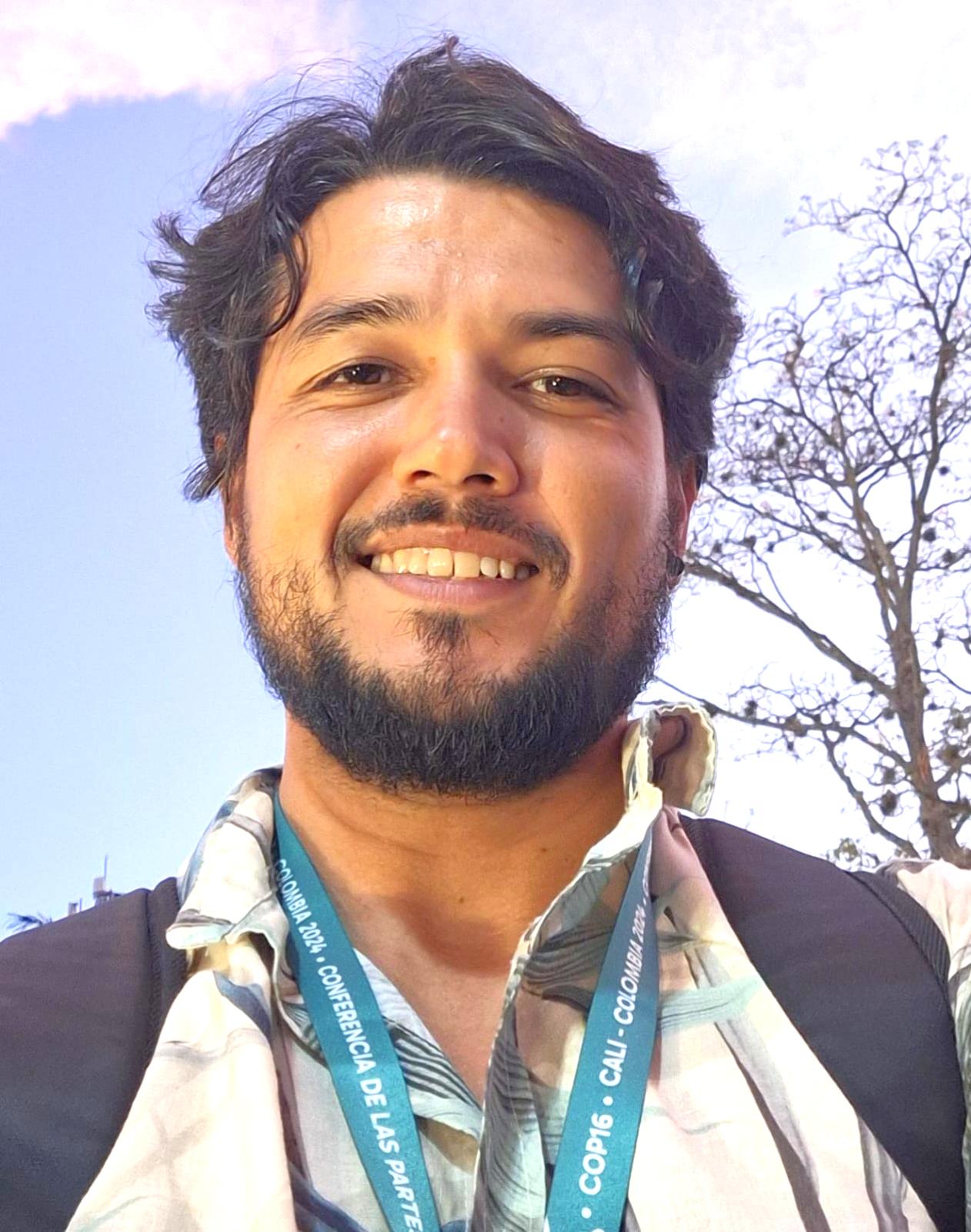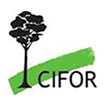
Restoration has become a cornerstone of global environmental policies, addressing the accelerating environmental degradation, severe biodiversity loss, and the climate crisis. Initiatives such as Initiative 20×20 and the United Nations Decade on Ecosystem Restoration align with Target 2 of the Kunming-Montreal Global Biodiversity Framework (KM-GBF), which aims to restore at least 30% of degraded terrestrial, inland water, marine, and coastal ecosystems by 2030. This ambition seeks to enhance biodiversity, sustain local economies and boost resilience against a changing climate.
The Initiative 20×20, for instance, seeks to restore 50 million hectares in Latin America by 2030, supporting the Decade on Restoration’s goals and promoting a regenerative bioeconomy for inclusive development. At the recent COP16 on Biodiversity in Cali, Colombia, various countries showcased progress by presenting their National Biodiversity Strategies and Action Plans (NBSAPs) and national targets. However, regarding Target 2, only five Amazon basin countries—Ecuador, Venezuela, Peru, Suriname, and Bolivia— have outlined national targets tied to KM-GBF’s restoration goals.
While commitments are evolving, pressures on the Amazon region remain relentless. Deforestation, fires, and unprecedented droughts are exacerbating crises for ecosystems, biodiversity, and local populations. At COP16, many practitioners highlighted that achieving KM-GBF goals largely depends on countries’ ability to implement practical actions supported by rigorous and, effective monitoring systems. Given the shared challenges and opportunities in the Amazon, regional cooperation is crucial for establishing alliances and building the capacities necessary for effective restoration.
Moving from pledges to tangible action is no simple task. Ambitious commitments are key, yet their implementation often encounters structural barriers such as weak governance, inadequate stakeholder cooperation, insufficient monitoring systems to track progress, and a lack of context-appropriate financing for sustained action on the ground.
In Latin America, governmental and corporate restoration declarations are promising but frequently fail to yield tangible, lasting results. This disparity between rhetoric and reality underscores the need to rethink restoration strategies. Achieving quantitative targets requires genuine community engagement, strengthened governance among diverse actors, and adequate technical and financial support.
Beyond hectares pledged
Effective restoration of biodiversity, ecosystems, and local communities necessitates a “whole-of-government, whole-of-society” approach. This approach ensures inclusive implementation by recognising the contributions of all stakeholders and rights holders. Addressing governance challenges and enhancing coordination across sectors is essential. Coherent policies and robust collaborative actions can create innovative pathways to achieving national, regional, and global restoration goals.
During a session facilitated by the Center for International Forestry Research and World Agroforestry (CIFOR-ICRAF) at COP16, stakeholders stressed the need for a “multi-actor working group on restoration.” Such a platform would foster cross-sector collaboration and actors, provide knowledge-sharing opportunities and enable more coherent, integrated restoration planning.
Restoration efforts involve more than tree planting or vegetation cover recovery. Inclusive governance and cultural practices are critical to addressing ecosystems’ and communities’ needs effectively. Indigenous Peoples’ and local communities’ active participation, combining traditional and scientific knowledge, enhances restoration processes. Practices such as using indicator plants for environmental monitoring and selecting locally adapted species are crucial for sustainable, culturally sensitive restoration. Ancestral wisdom in ecological management enables communities to act as guardians of their territories, promoting continuous ecosystem preservation. Ensuring land and resource rights for these communities is essentials for fostering interest-aligned, lasting restoration.
“How many medicinal plants used by Indigenous Peoples have we lost and can no longer find? How many plants we rely on for food are now gone?”
Sinéia do Vale, a Wapichana leader from the Amazon, highlighted during the session “Toward 2030: National Strategies and NBSAP Implementation.” at COP16, “How many medicinal plants used by Indigenous Peoples have we lost and can no longer find? How many plants we rely on for food are now gone? We have a direct connection with all this biodiversity, tracking it with cultural calendars. In recent years, climate change’s extreme heat has severely affected plants and animals.”

Sinéia do Vale, at the CIFOR-ICRAF event at COP16 in Cali, Colombia. Photo by CIFOR-ICRAF.
Sinéia, an environmental coordinator for the Indigenous Council of Roraima (CIR) and Latin America and the Caribbean co-chair of the International Indigenous Peoples’ Forum on Climate Change (IIPFCC), underscored Indigenous Peoples’ autonomous strategies blending ancestral and non-Indigenous science. These approaches significantly contributed to Brazil’s National Adaptation Plan.
Economic viability is another critical challenge for restoration initiatives. Promoting a bioeconomy—developing seed networks, nurseries, and restoration services in collaboration with communities—emerges as a promising path. However, this model requires robust financial backing, impact investments, and regulatory frameworks that incentivise regenerative practices. Public policies that render bioeconomy initiatives attractive and accessible are fundamental for providing sustainable alternatives to resource exploitation.
Target 2 of the KM-GBF for ecosystem restoration intersects with other goals, including sustainable native species use (Target 5), invasive species control (Target 6), climate impact reduction (Target 8), and sustainable agricultural and forestry practices (Target 10). It also connects to Target 22, which focuses on gender equality and the inclusion of Indigenous Peoples and local communities. Thus, Target 22 reinforces the necessity of participatory governance and diverse actor engagement in decision-making.
Restoring ecosystems transcends environmental matter; it is a social and economic obligation. To implement the KM-GBF, Initiative 20×20 and the Bonn Challenge effectively, countries must strengthen national and subnational policies, foster inclusive coordination among sectors and stakeholders, and build technical and financial mobilization capacities. Engaging and substantially supporting local populations, alongside advancing research and innovation, will accelerate action and secure a resilient future for the Amazonian ecosystems and all who depend on them.
For more information on this topic, contact:
Rocío Vasquez at r.vasquez@cifor-icraf.org
Henrique Marques at h.marques@cifor-icraf.org
Editor’s note: This analysis reflects the authors’ views and not those of CIFOR-ICRAF.
Rocío Vasquez is a research associate in evidence-based governance and engagement at CIFOR-ICRAF Peru. Henrique Marques is a research and development manager at CIFOR-ICRAF Brazil.
We want you to share Forests News content, which is licensed under Creative Commons Attribution-NonCommercial-ShareAlike 4.0 International (CC BY-NC-SA 4.0). This means you are free to redistribute our material for non-commercial purposes. All we ask is that you give Forests News appropriate credit and link to the original Forests News content, indicate if changes were made, and distribute your contributions under the same Creative Commons license. You must notify Forests News if you repost, reprint or reuse our materials by contacting forestsnews@cifor-icraf.org.












